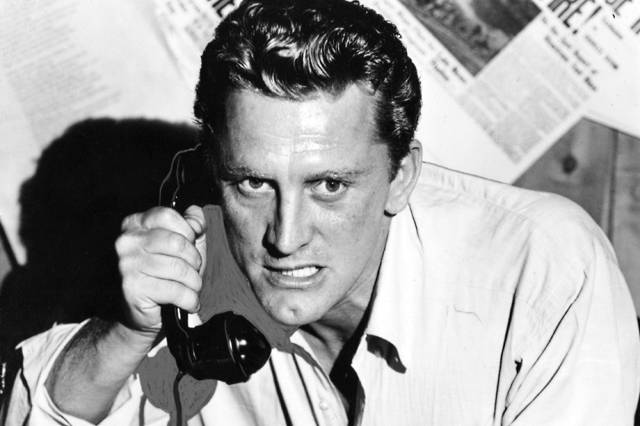
Once the U.S. entered the Second World War, it become necessary for Hollywood to address certain aspects of grim reality which post-Depression era cinema had specialized in ignoring. After the war had ended, reality seemed to become even grimmer, and filmmakers responded by showing audiences a version of the world in which Hollywood’s conservative, romantic values were turned against themselves in the form of bleak, unremitting fatalism.
Many of these films, retrospectively identified by European critics as noir, were unsentimental tragedies, in which even the smallest errors of judgement can lead to earthly damnation. Much of the time, the world in these films, heavily swathed in shadow, is revealed by the end to be much brighter than it appears, but in more than a few cases, the stories are even darker than the shadows.
1. Ace in the Hole (1951)
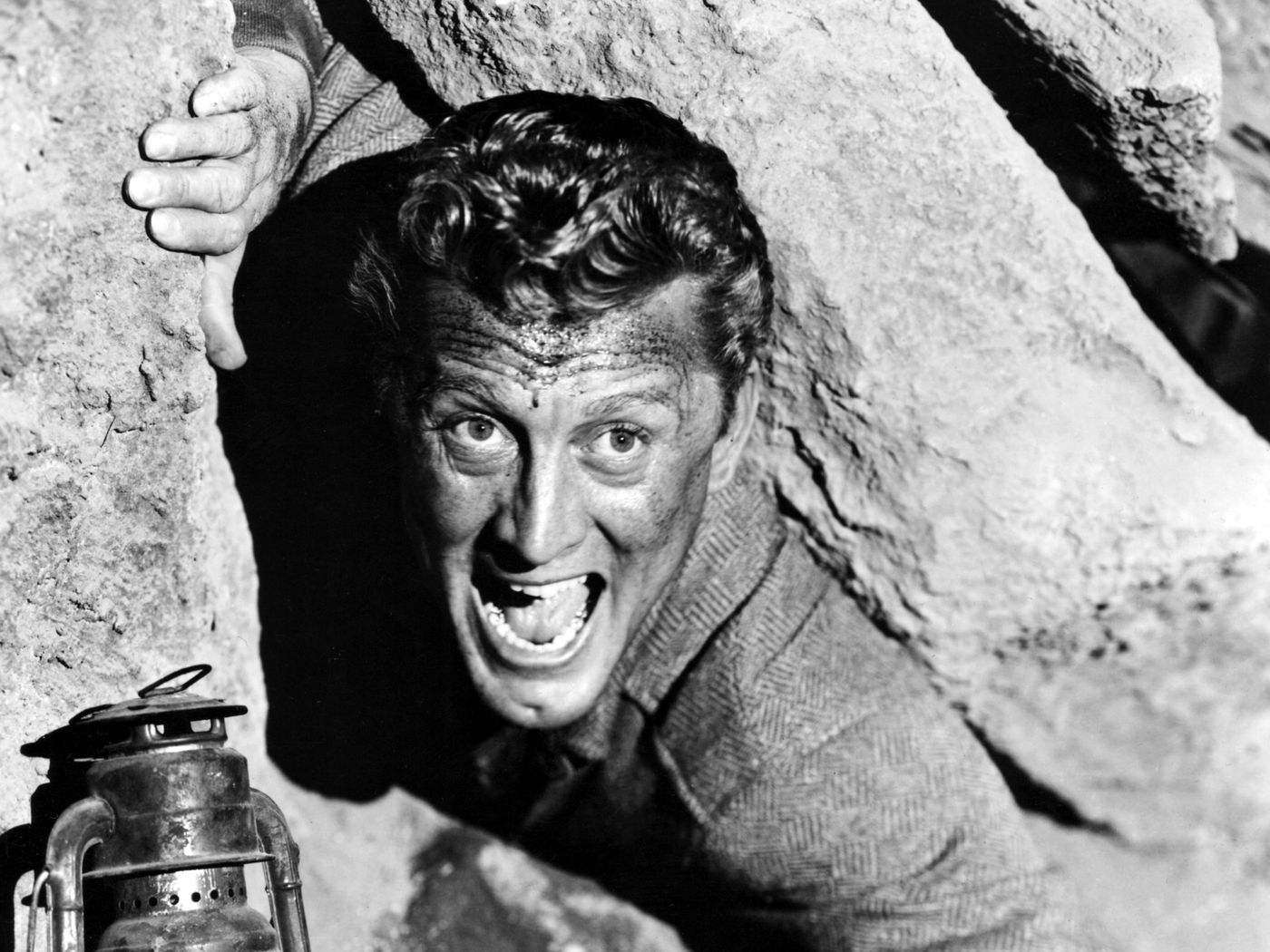
Before Billy Wilder perfected the acerbic lightness of touch for which he is best remembered, he was one of several exiled European directors who gravitated towards noir. After great success with the influential, deadly romance of Double Indemnity (1945), and his Oscar-winning portrait of alcoholism in The Lost Weekend (1945), Wilder left the genre behind with Ace in the Hole (1951), his darkest film.
Kirk Douglas stars as Chuck Tatum, a reporter run out of New York by scandal, attempting to rebuild his career working for a local paper in New Mexico. Here, he stumbles upon an amateur archaeologist trapped in a cave and successfully turns the rescue operation into a national sensation, revealing the dark recesses of his own nature in the process. Ordinarily, Tatum’s serpent-like manipulation of the gentle cave-diver would be reason enough for his own, certain downfall, but with his physical and emotional violence towards the man’s wife (Jan Sterling), and calculated delaying of the rescue to increase publicity, with fatal results, Wilder strives to make him irredeemable.
The film is a shockingly blunt acknowledgement of failed expectations in post-war America, and proved too bitter for most audiences to swallow. Wilder’s later work would always take a more rueful approach, but never without some measure of this film’s undiluted cynicism.
2. Criss Cross (1949)
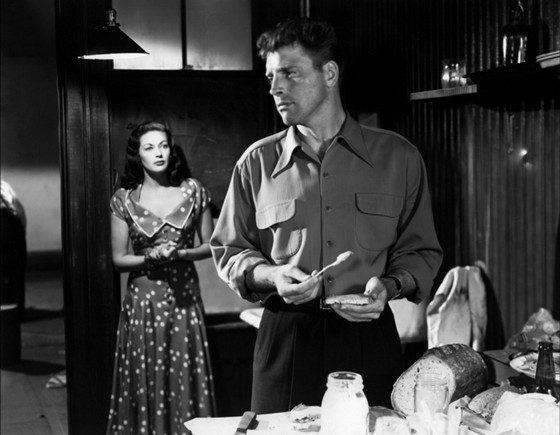
Director Robert Siodmak – another European emigre – flitted as easily between horror and musicals in Hollywood as between shadows and Technicolor, yet he directed a string of exemplary noirs, of which the sourest is probably Criss Cross (1949).
Burt Lancaster plays a luckless everyman, hopelessly in thrall to his femme fatale ex-girlfriend, Yvonne De Carlo. After tracking her down to Los Angeles, only to discover she has become a gangster’s moll, he masterminds a robbery of the firm where he works just to be near her. When the heist succeeds, he rips off the gang, only to be ripped off by De Carlo.
The pair’s actions are mindlessly compulsive from beginning to end, yet they never cease to leave each other unsurprised. This world-weary acquiescence to predictable, deadly outcomes makes them perhaps the ultimate noir couple. What truly marks the film out, however, is its finale. De Carlo’s gangster boyfriend hunts the criss-crossed lovers down and shoots them to death. After he departs, we hear the sound of police sirens and more gunfire. This small sound edit is all that prevents the antagonist from getting away with murder, making for an uncommonly downbeat ending.
3. The Face Behind the Mask (1941)
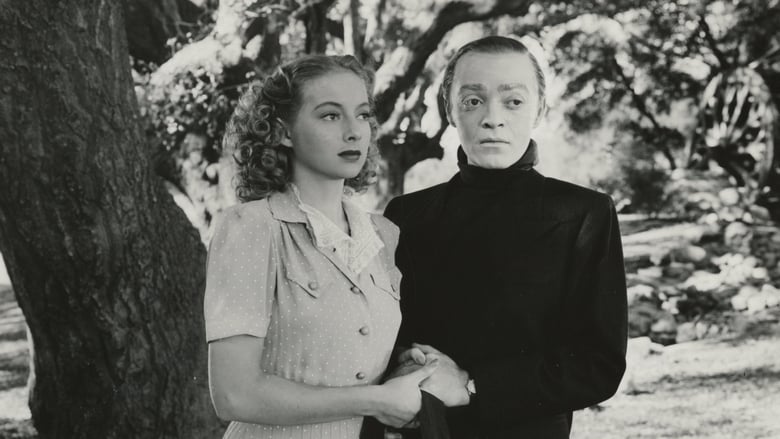
Hungarian star Peter Lorre fled from Nazi Germany to the U.S. in the mid-30s, and his diminutive, bulbous-eyed appearance quickly saw him typecast as mysterious, untrustworthy outsiders, variations of which he played in Stranger on the Third Floor (1940) and The Maltese Falcon (1941), the two films most often agreed to mark the origins of Hollywood noir. An outlier in this history is Robert Florey’s gangster melodrama The Face Behind the Mask (1941). Released between those two films, it is as much a riposte to their stereotyping of Lorre as it is an overlooked noir classic.
Lorre plays Janos, a friendly immigrant watchmaker who is disfigured in a blaze, mere hours after his arrival in New York. He then dons a sinister white mask and turns to organized crime, whilst courting the affections of the beautiful, blind Evelyn Keyes. When he attempts to retire from the criminal life, his gang tries to assassinate him, killing his new love in the process. The film ends with Janos stranding himself and the gang in the desert by plane, dooming them all.
Lorre reportedly viewed this B-picture as a routine assignment, and drank heavily during production. Despite this, he gives one of his best performances, and the film’s short, sharp excoriation of the American Dream makes it one of the most bleakly fatalistic of its kind.
4. I Wake Up Screaming (1941)
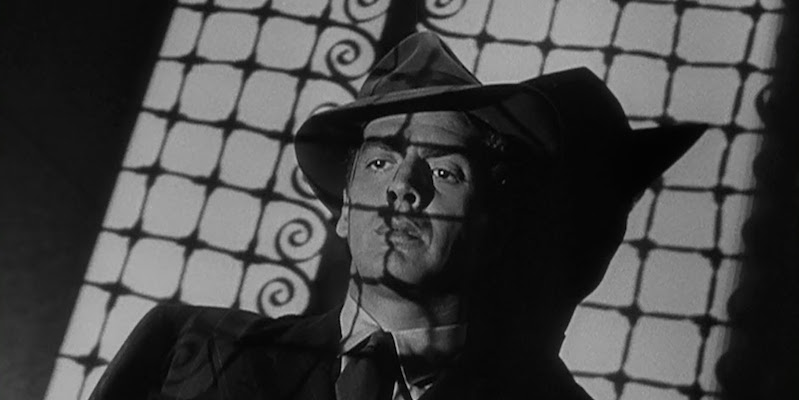
This pulpy murder mystery stars Victor Mature as a wisecracking publicist, falsely accused of killing his most recent discovery, waitress-turned-singer Vicki (Carole Landis). Together with Vicki’s sister (Betty Grable) he searches for the real killer whilst being hounded by a seemingly deranged police detective (Laird Cregar).
On the surface, I Wake Up Screaming (1941) is a comedy-thriller, but as the title would imply to most modern viewers, its plot is closer to a horror. The various twists include revealing the murderer to be a creepy desk clerk at Vicki’s apartment building (noir heavyweight Elisha Cook Jr.), whilst the detective is finally revealed to have been Vicki’s stalker, complete with a secret room covered in photographs.
This portrayal of voyeurism, unusually barefaced for Classical Hollywood, prefigures similar Hitchcock thrillers, whilst the strong element of comic relief, and a soundtrack relying heavily on instrumental versions of ‘Over the Rainbow’, makes for a disturbingly flippant tone, further heightening its atmosphere of perversity, making it something of a stylistic forerunner to European giallo thrillers.
5. Ladies in Retirement (1941)
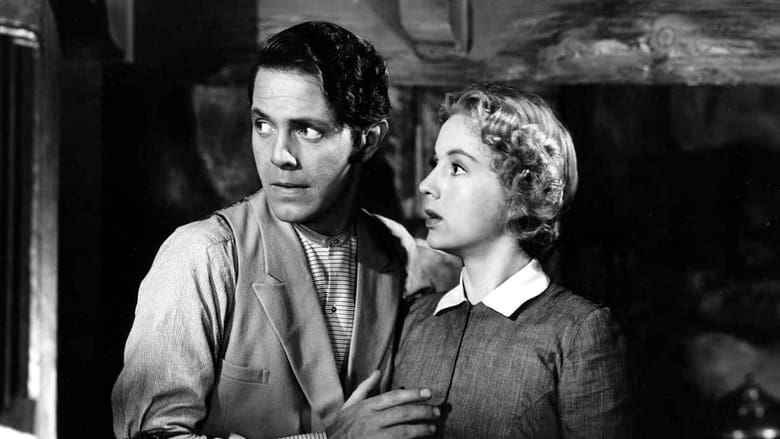
Although a Gothic melodrama rather than a true noir, Ladies in Retirement (1941) is more than worthy of the genre. Ida Lupino plays Ellen, spinster companion to retired actress Miss Fiske (Isobel Elsom) in her secluded country home. After Ellen’s two, mentally-ill sisters arrive for an indefinite stay, their antics upset Miss Fiske to the point she asks Ellen to get rid of them, forcing Ellen to get rid of her.
In noir cinema, murder is often treated as mundane, an act of violence begetting further acts in swift succession. For much of the film, Ellen is shown to agonize over her eventual, inevitable decision to commit just one, making her consequent guilt and paranoia almost mild by comparison (the 22-year old Lupino is extraordinary in the role). Not until the final minutes is her crime uncovered by a raffish cousin (Louis Hayward), whose shock masks his own, lengthy period of denial as to Fiske’s whereabouts. Once found out, Ellen willingly gives herself up, leaving her dependent sisters to an uncertain future.
The film’s genteel, period veneer and claustrophobia allowed director Charles Vidor to explore some of the genre’s darkest themes more probingly than many of its tougher contemporaries, whilst Lupino herself would shortly go on to become one of noir’s great directors.